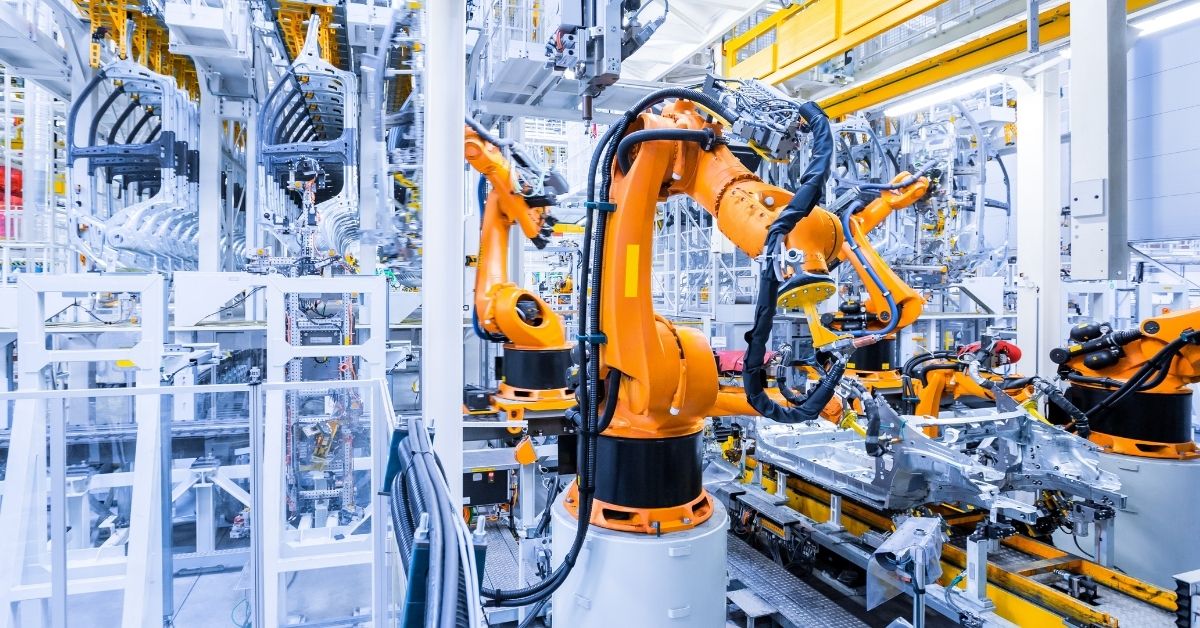Ceramic Engineering
Ceramics engineering is the study and technology of making items out of ceramics, a mixture of inorganic and organic materials. This is usually performed either by the spontaneous action of heat, called heating or in lower temperatures employing chemical reactions with high-pressure vapor reactions. Ceramics are also used for other purposes, including in furniture, textiles, windows, doors, crown moldings, countertops, and fixtures such as bathtubs, sinks, and kitchen sinks. Ceramics are found on tabletops, shelving, windows, doors, and dishes. Ceramics are a popular way to create modern and creative products.
Ceramics Engineering deals with the creation of products from ceramic materials that are functional. The product may be in the form of plates, tiles, glass, furniture, trays, plaques, crown moldings, sinks, dishes, and many other products. In the field of ceramics, there is a need for specialized and trained personnel. People who are involved in this field are known as ceramists. They have to undergo several training courses on the different types of ceramics and their manufacture.
The basic ceramic parts that are needed in various applications are glazes, binders, hardeners, cement, additives, and sealants. When manufacturing ceramics, one should keep in mind that each of these parts is required in a certain type of application. If one cannot identify the application or the ceramic part that requires a particular component, then the application must be changed and a new batch of ceramic parts must be prepared. If this requirement is not followed, then the products will not be approved and it will cost the company a lot of money to change and prepare a new batch of ceramics.
There are also some ceramics that require high temperatures. If a ceramic part is made without the required high-temperature level, it will be very difficult to manufacture and the finished product will not be strong enough to withstand pressure. One of the most common ceramic parts that require high temperature is silicon nitride. Therefore, when manufacturing the silicon nitride, proper documentation must be created to identify the exact part that needs to be manufactured and all the necessary steps to prepare it for high-temperature use.
Other parts of the industry are involved in producing carbide ceramics. This material can be formed into many other shapes and sizes depending on the manufacturer’s specifications. When researching the manufacturing of these materials, companies need to make sure they are properly citing and utilizing all the appropriate documentation for all products. Any documentation that is not properly used could lead to major fines being levied against the company.
The basic method of producing these types of ceramics is with the use of a GEDL or guided lightwave transmission machine. A large scanning mirror is put into the chamber of the GEDL. Scanning laser energy is then emitted into the ceramic materials being worked with. The mirror then produces lines of light that are then translated by the machinery onto paper that is placed in the cavity of the machine. When this paper is translated, it can be read by the machinery and directed towards a part that needs to be manufactured.
GEDLs have been in existence for decades and they are a trusted way of producing high-quality ceramic engineering objects. In fact, the GEDL was designed specifically for the manufacture of ceramic parts. However, there are new developments in the field of GEDL technology that have greatly enhanced its performance. One such development is the availability of a GEDL that contains both a micro tubing and a quartz tube. These two additional components make the microtubing highly accurate as well as capable of being used in tandem with the quartz tube.
Another development in the area of GEDL technology is the use of microcrystalline crystals rather than crystalline minerals. The incorporation of these microcrystalline crystals allows for the smooth transmission of light across the surface of the object being worked on. Ceramic engineers are now able to work on objects which would not have been possible without the application of GEDLs. For instance, the engineers can easily make detailed blueprints for planes and boats using a CAD software program without having to deal with complex crystalline minerals. Similarly, they can also create highly intricate working drawings and diagrams which would not have been possible without the GEDL technology.




